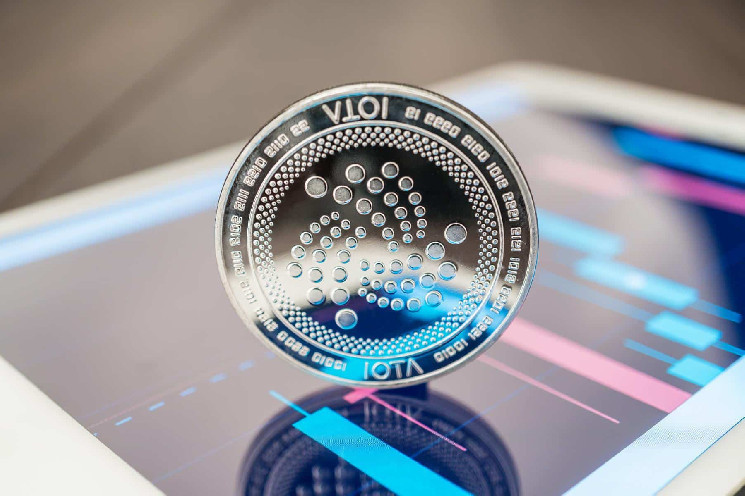IOTA’s Tangle technology is gaining more recognition as a secure and scalable decentralized infrastructure.
- Tangle is deployable in a diverse number of industries including logistics and IoT.
As data security in industrial systems becomes increasingly important, IOTA’s Tangle has found itself at the forefront of this innovation following recent research conducted by the National Chung Hsing University in Taiwan.
Utilizing IOTA’s Tangle in Industrial Systems
The blockchain sector has matured in recent years, with advances in alternatives such as IOTA’s Tangle. Blockchain developers have placed a greater emphasis on implementing decentralization on a larger scale to ensure fair and transparent treatment for all players in the ecosystem.
Specifically, the research paper released by the National Chung Hsing University targets improving data security in industrial applications through the use of IOTA’s Tangle technology. In contrast to traditional blockchain systems, IOTA handles transactions using a Directed Acyclic Graph (DAG) structure known as the Tangle.
The Tangle allows for parallel transaction processing and eliminates the need for miners to validate them, making it a more scalable and energy-efficient alternative than blockchain-based systems. Notably, the research showcases data integrity and confidentiality from sensors to the Tangle while limiting transmission channels and risks. This method promises to be a game changer for industries maximizing the Internet of Things (IoT) environment.
Through the integration of IOTA for transactions, the research highlights considerable speed benefits in transaction verification, making it ideal for real-time IoT scenarios. For instance, the risk of data tampering and loss is substantially lowered when sensors in factories transmit data directly to IOTA nodes on Raspberry Pi.
In addition to data preservation, the research highlighted new opportunities for secure and efficient data management for smart factories through IOTA integration.
How IOTA Works
IOTA, like other blockchains and distributed ledgers, requires nodes to communicate. IOTA nodes can interface with the Tangle and operate as validators, verifying other people’s transactions. When data is posted to the Tangle, it is first confirmed by IOTA nodes using two Tangle transactions before being uploaded to the Tangle via IOTA nodes.
Each node in the IOTA Tangle keeps a local database, or ledger, that records all transactions and balances. The ledger is spread among network nodes, which means that each node shares a copy of the ledger with the others. The distributed sharing of the ledger creates a “distributed ledger”.
IOTA’s Tangle has a wide range of applications, including resolving the issue of counterfeit goods, uses in global trade finance, data management, logistics, supply chains, and smart applications. As previously reported by Crypto News Flash, Cornell University emphasizes that IOTA’s Tangle technology is appropriate for managing diverse voting procedures and resilient enough to achieve decentralization.
As industries embrace digital transformation, IOTA’s concentration on microtransactions and frictionless machine-to-machine communication makes it a great answer for the growing IoT sector, where devices can easily monitor and report on items’ movements
